
|
 |
Health Club Management Handbook - Good Natured

Features

|
|
| Good Natured
|

Zoos and aquariums are steadily embracing technological innovations to enhance the visitor experience, optimise research opportunities and advance animal welfare. Our editor, Helen Patenall, rounds up some key ventures
Helen Patenall, Leisure Media
|
Tiger Talk
Chessington World of Adventures Resort, UK
Chessington World of Adventures Resort introduced the concept of ‘FaceTiger’ to allow its zoo keepers and newest animal arrivals – Olga, Tsar, Kalinka and Kyra – to catch up online and familiarise themselves with one another before the Amur tigers transferred from their home in Sweden to their new multi-million pound home at Chessington in the UK.
In addition to the meticulous planning and preparation for the endangered tigers’ arrival and the trips to Sweden to meet the animals face-to-face, the Carnivore Keepers in the UK and Sweden put the new digital enrichment programme into practice to share key insights into the big cats’ lives and wellbeing, like how they interact with their favourite toys, car tyres and giant balls.
Oli Whiteway, Senior Carnivore Keeper at Chessington, said: “It was amazing get to know the tigers’ individual personalities. We could see that Tsar, the male of the group, is a big house cat at heart! Whereas the females are much more playful and little Kalinka sneaks around and gets up to mischief. It was a joy to see them online and let them hear our voices and practise our calls!”
With less than 500 of the Amur tiger species left in the wild, the Chessington Conservation Fund committed £20,000 in 2018 to support endangered tiger conservation efforts – specifically to the WildCats Conservation Alliance and to a project in Northeast China, where the Amur tiger is commonly found, to develop an effective human-tiger conflict resolution strategy.
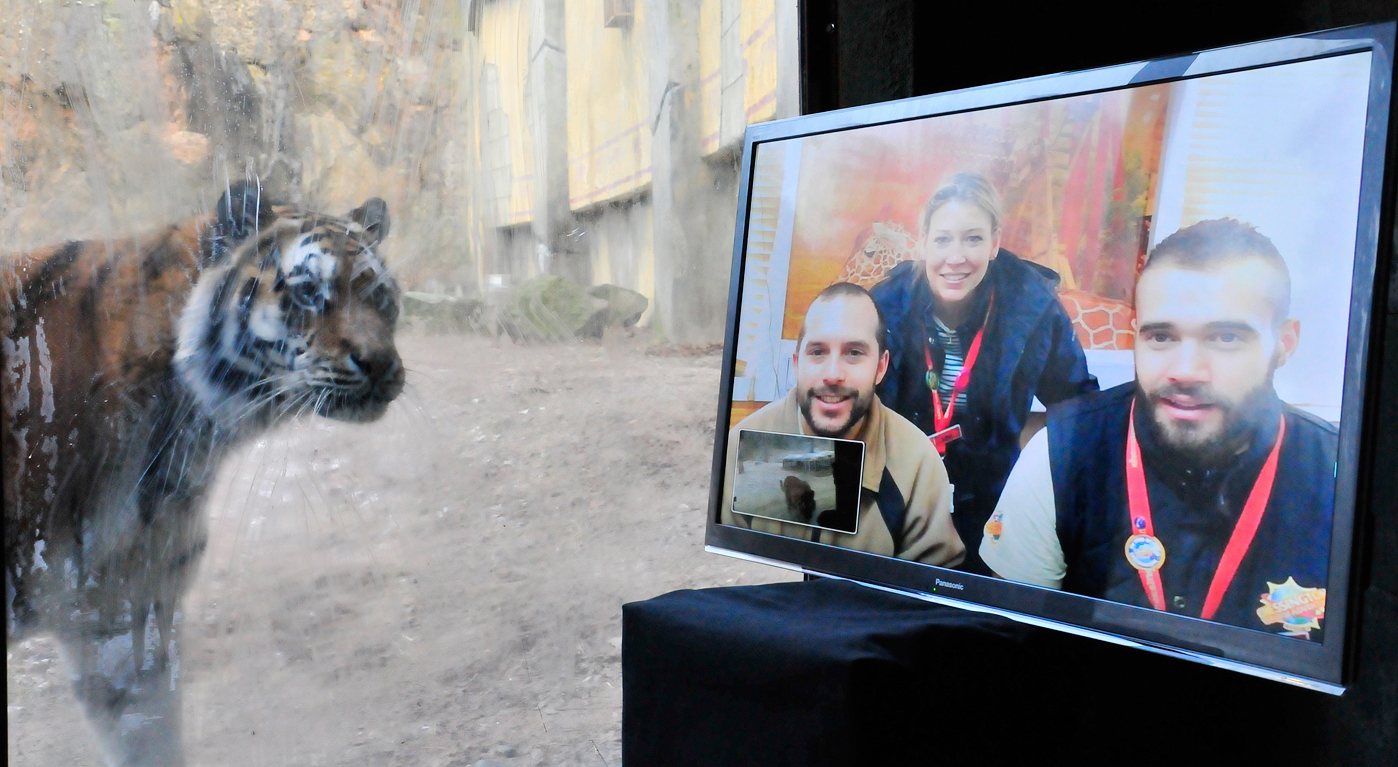
Zoo keepers used FaceTime to get to know the tigers ahead of their transfer
Captive Audience
Vernon Presley
curator, Fresno Chaffee Zoo, CA, US
 Vernon Presley At Fresno Chaffee Zoo, two of our African elephants – Miss Betts and Vus’Musi – are involved in a widescale project to improve the welfare of captive elephants.
The Institute of Museum and Library Services (IMLS) launched the project to evaluate behavioral and physical aspects of welfare for the North American zoo elephant population and identify the most important aspects of elephant management, housing and care. Sixty-eight accredited zoos housing 255 elephants are participating.
Data collected included information on behavior, foot-and-joint health, body condition, female reproduction and walking distance. This culminated in a group of scientists applying the results to define specific welfare goals and develop the Elephant Welfare Initiative (EWI) software program to help track them.
“The Elephant Welfare Initiative evaluates and identifies the most important aspects of elephant management,housing and care”
Elephant care professionals at facilities participating in the EWI now input specific data about the day-to-day lives of their elephants and the program gives daily feedback about how well the facility is achieving those goals, including feeding methods and schedules, where they spend their time, and what social and enrichment opportunities are offered to the elephants.
The elephant care professionals also input body scoring and behavioral observation data.
By using science-based correlations to help define what factors constitute good welfare for elephants, and then measuring how well they’re being met by the participating facilities, we can better understand what elephants require and more accurately define our goals.
Correlations uncovered by the research include: feet/joints are healthier in enclosures with soft soil/sand (elephants at Fresno have always been housed on soil/sand); larger enclosures don’t appear to improve health; more social engagement (particularly with young animals) results in healthier elephants and fends off repetitive behaviors (signs of anxiety); and female elephants have improved reproductive health if challenged with puzzles to obtain food (at Fresno, elephant enclosures have always featured enrichment puzzles).
EWI coordinators aim to engage more participants and develop the software.
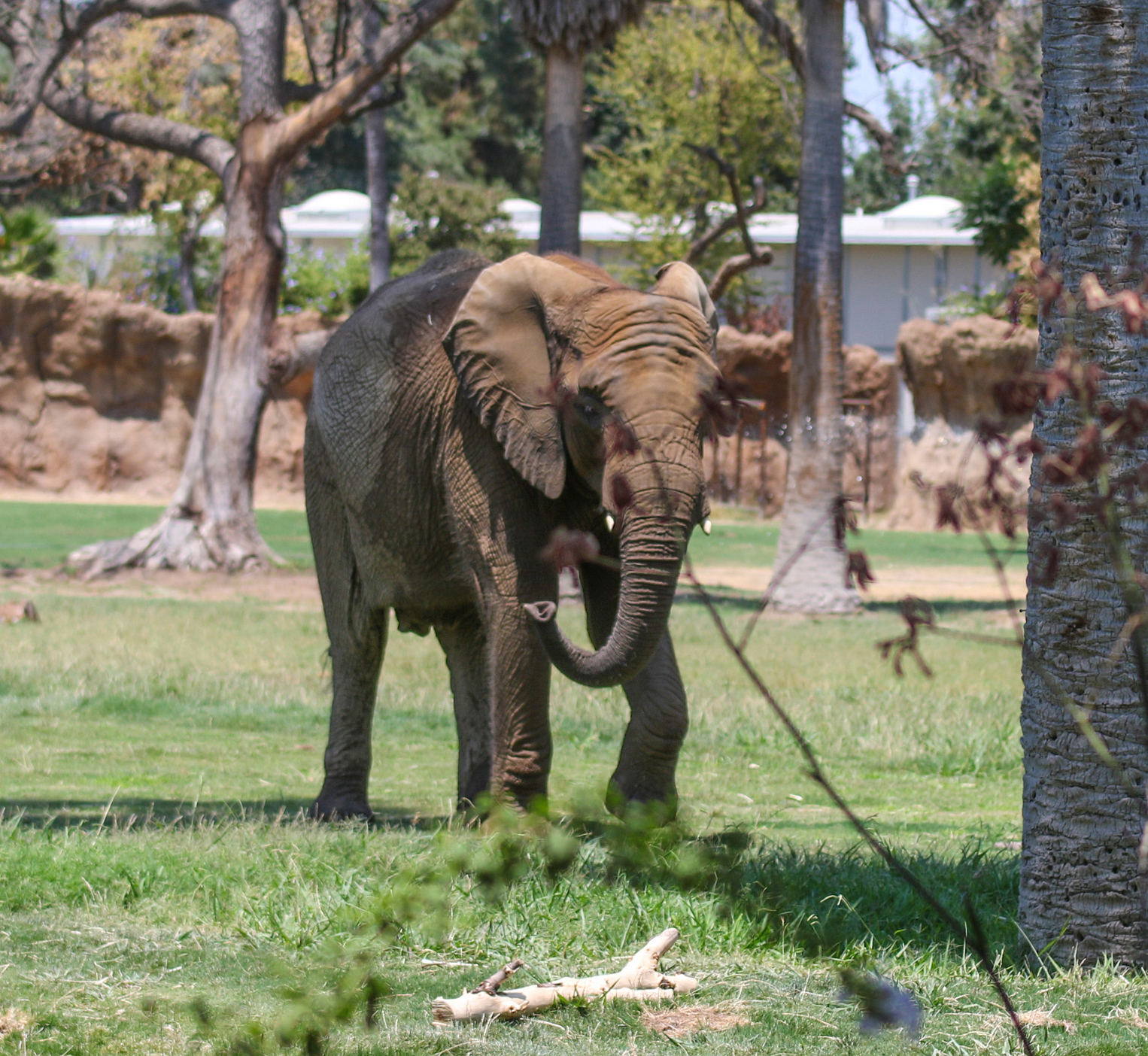
Feet/joints are healthier in enclosures with soft soil/sand
Pure Genius
J. PETER DONLON director, Global Member Development
Species360, MN, US
 J. PETER DONLON As wild populations dwindle, zoos and aquariums are at the forefront of conservation, with breeding and reintroduction helping prevent the extinction of 6 out of 16 critically endangered bird species and 9 out of 13 mammal species, including those previously classified as Extinct in the Wild like the California condor.
Successful conservation depends on having the right information to make the best decisions for the long-term health and survival of endangered species. Dian Fossey may have said it best: “One of the basic steps in saving a threatened species is to learn more about it: its diet, its mating and reproductive processes, its range patterns, its social behaviors.”
As the primary data tool for managed wildlife populations since 1974, Species360 is a critical source of insights for conservation planning. Species360 is a non-profit, non-governmental organization serving more than 1,100 zoos, aquariums and wildlife organizations in 95 countries. Created by its members to advance global collaboration and information sharing, its Zoological Management Information System (ZIMS) is noted as being a top five conservation tech innovation for big data insights per Mongabay. It’s trusted by more than 1,000 zoos and aquariums; 80 scientific studies; 50 conservation organizations; 40 associations; 20 universities; and regulatory bodies, including the International Union for Conservation of Nature, the UK’s Department for Environment, Food and Rural Affairs, and TRAFFIC.
Together, our aim is to preserve wildlife gene banks, breed and reintroduce animals to their habitat, and manage critically endangered populations – Species360 ZIMS a key element in the advancement these conservation goals.
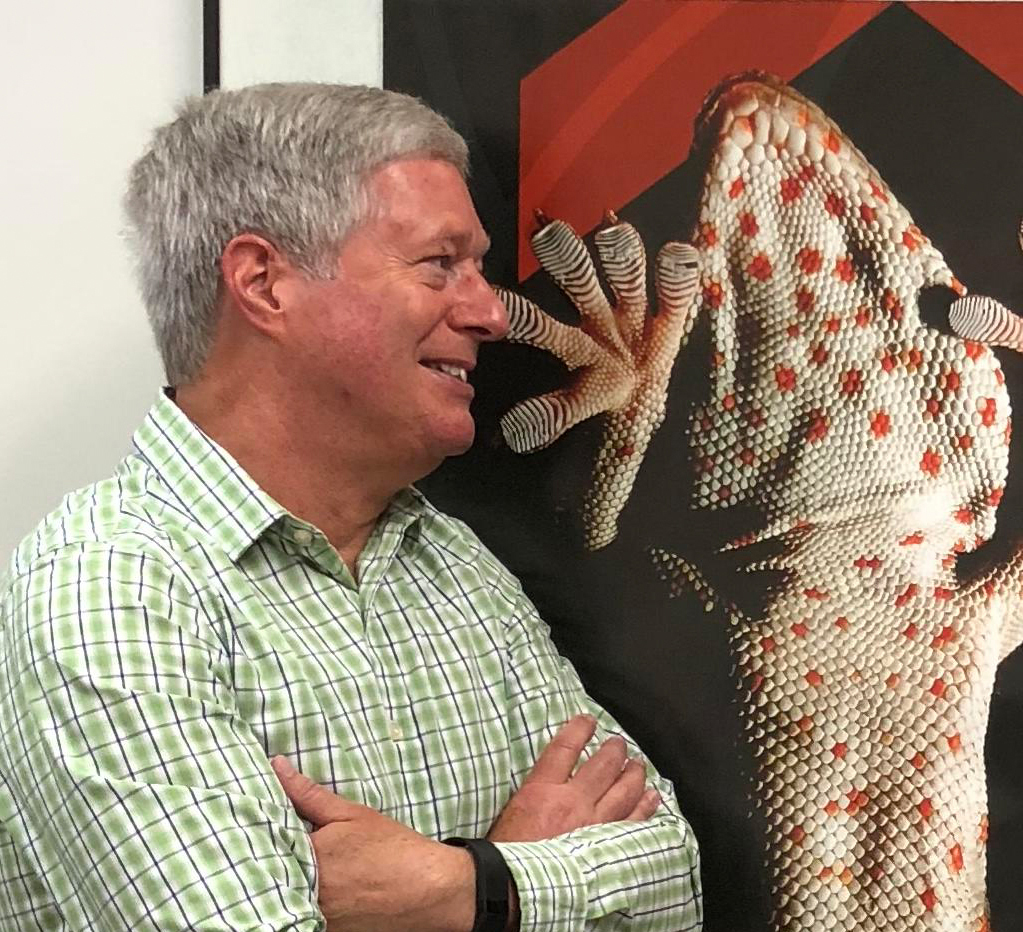
Species360 is a critical source of insights for conservation planning worldwide
Swimming with Sharks
ED BARTON, co-founder & CEO, curiscope
 ED BARTON We started Curiscope with the belief that AR and VR could offer transformative learning experiences taking you to places that you otherwise couldn’t go. Our first launch was Great White Sharks – a 360-degree VR experience designed to offer the thrill of seeing a Great White Shark without having to keep one in captivity; something that, as an open-ocean creature, is particularly harmful to them. It’s Curiscope’s belief that by presenting these creatures in an entirely different way, we can connect with them and their environment.
Great White Sharks has been chosen as a launch partner for Google’s new headset, Daydream, and with more than 30 million views, it’s now one of the most viewed VR experiences of all time. We believe this is because it presents sharks as majestic fish rather than something to be feared or vilified. On the back of this, HTC Vive Studios approached us to create a long-form, interactive, room-scale VR experience that went far beyond the initial 90-second CGI video we’d created originally. Operation Apex was born – a journey under the surface of the ocean teaching people about the ecosystem and our impact on it. Players move up the food chain, attracting and scanning different creatures in their search for the Great White Shark. Digital Trends labelled it, “the closest thing to living The Blue Planet”. It’s also very timely because of its focus on ocean and plastic pollution.
“We built these experiences to make people feel differently about the oceans and we’d love to see them in aquariums”
We built these experiences to make people feel differently about the oceans and we’d love to see them in aquariums, affording visitors a perspective that just isn’t achievable without such technology.
We’re now engaging AR and have recently put out a small technology test called shARk, available on IOS.
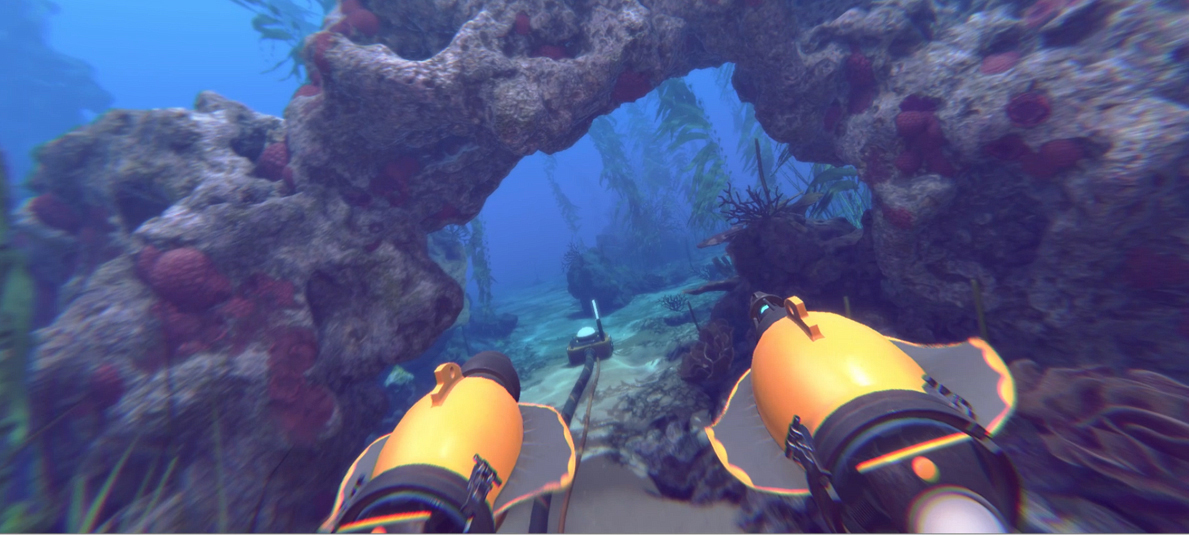
The 360-degree Great White Shark VR experience takes you to places you can’t otherwise go
Hot Housing
Dr Tim Woodfine
director of conservation
Marwell Wildlife, UK
 Dr Tim Woodfine Marwell Wildlife, dedicated to the conservation of biodiversity and natural resources, is exploring the potential for AI to support our wildlife conservation, education, sustainability and research initiatives in the UK, Africa and Central Asia.
Marking one step in this direction, we’ve introduced a practical and innovative method of ensuring efficient heating of our animal houses at Marwell Zoo in the UK to ensure the nyala antelope are kept warm while reducing the zoo’s energy use and carbon footprint.
Infrared sensors are now used to monitor their house, with data transmitted to IBM’s Watson Internet of Things platform. Machine learning determines whether an animal is present in the enclosure, whether awake or asleep, and if the heating needs to be turned on. Although simple, it provides a previously unprecedented degree of control over energy use. The algorithm is 95 per cent accurate and the experiment could save 30-40 per cent on heating bills. If successful, it will be rolled out across animal houses at Marwell Zoo.
“AI can move us from reactive or adaptive models to predictive conservation to prevent or lessen the impact of our activity”
Marwell Wildlife is also looking at how AI can help transform approaches to wildlife conservation in the wider world. Conservationists often adopt adaptive management – monitoring animal populations or indicators of ecosystem health before deciding if intervention is needed. Mathematical or statistical models are often used to understand what might happen. However, as they’re reliant on the availability of past data and are continuously superseded by what’s actually happening, we’re investigating whether AI can move us from reactive or adaptive models to predictive conservation to prevent or lessen the impact of our activity before it happens.
Our planet is continuously monitored at an unprecedented rate from space using satellites and from increasingly complex personal devices. AI presents options to harness these sources of data and apply them to critical conservation questions. Could information be streamed from the field to tell us about the state of the environment? Can this be coupled with the noise of social media trends, shopping habits, economic data and other indicators of how society is functioning to determine what, where and when natural resources are likely to be exploited in the future? Using AI to look for these otherwise unseen correlations may give us the breakthroughs we need to target wildlife conservation actions more effectively!”
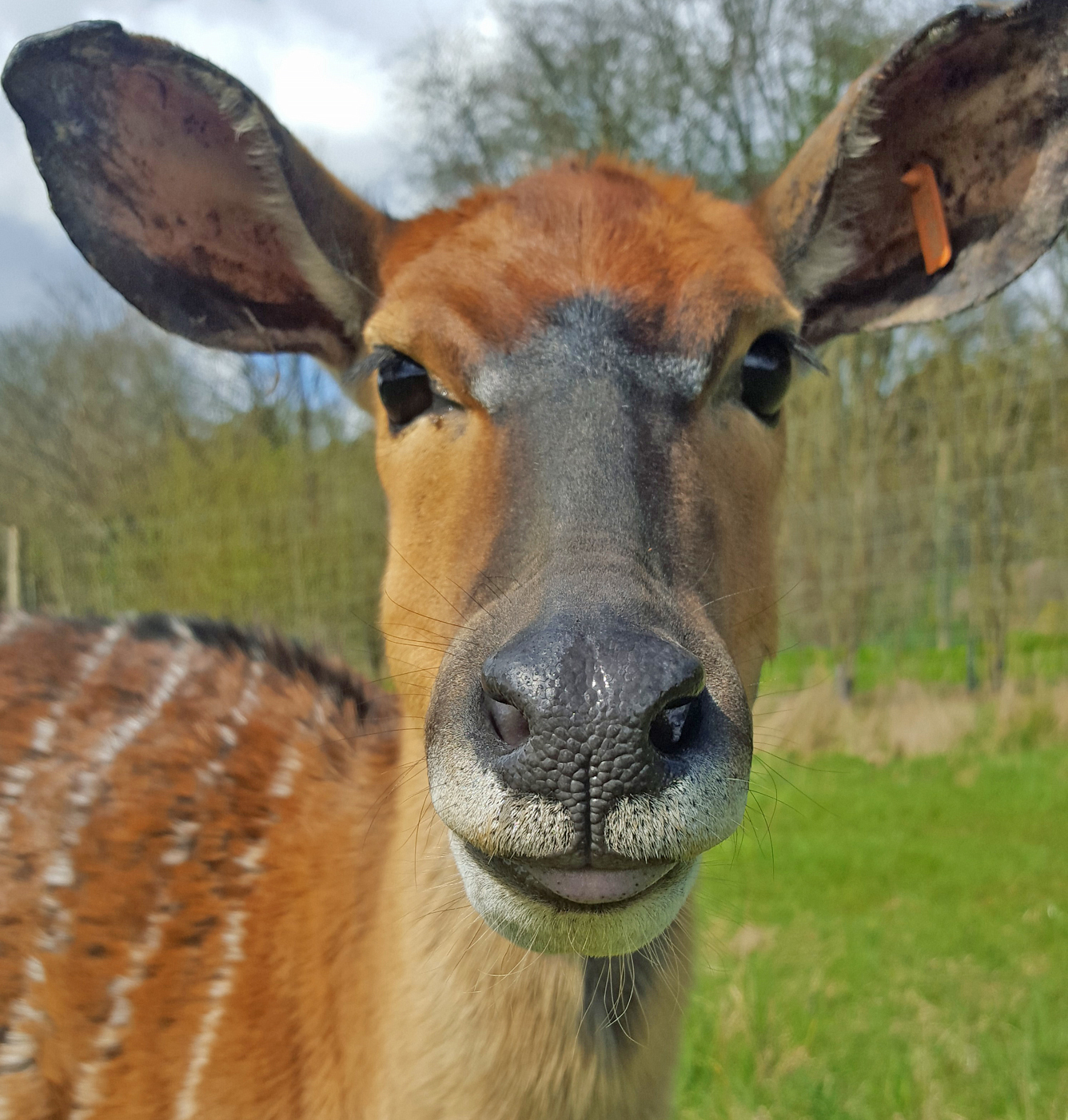
AI determines whether a Nyala is present in the enclosure and adjusts the heating
Chester Chatbot
Holly Nelson
marketing manager
Chester Zoo, UK
 Holly Nelson At Chester Zoo, we teamed up with media partner Carat to create a storytelling Facebook chatbot – an industry-first for the zoo sector when it launched in 2017.
We turned the conventional Messenger chatbot on its head to deliver an interactive, audiovisual, content experience taking users on a journey through a unique story, ahead of our 10-day live theatrical event, The Enchantment of Chester Zoo.
The chatbot delivered an educational short story spaced over five nights teaching children about different animals, with interludes so that users could answer questions and continue to the next chapter (and be encouraged to buy tickets to Chester Zoo) to help overthrow the story’s evil sorcerer.
“The interactive AV content experience took users on a journey ahead of the live theatrical event at the zoo”
To interact with the chatbot, users first had to respond to one of the specific ‘Enchantment’ posts with the word ‘SPELL’. This launched the introduction and first chapter within Facebook Messenger. Users who selected to engage with the chatbot subsequently received a Facebook message from Chester Zoo at 7pm each night delivering the next part of the story, which could be read alone or shared with a child as a bedtime story each night of the week.
We wanted to immerse users in our rich, creative content and help them fully engage with the magical story, returning each night to hear the next chapter. By creating conversations between children and parents, we’d help them learn about endangered animals and build excitement about a visit to the zoo. We were delighted with our 88.5 per cent open rate and 92.5 per cent retention rate.

The chatbot delivered an educational short story about endangered animals over five nights
|
|
 |
| Originally published in Attractions Handbook 2018 edition
|
|
 |
|
